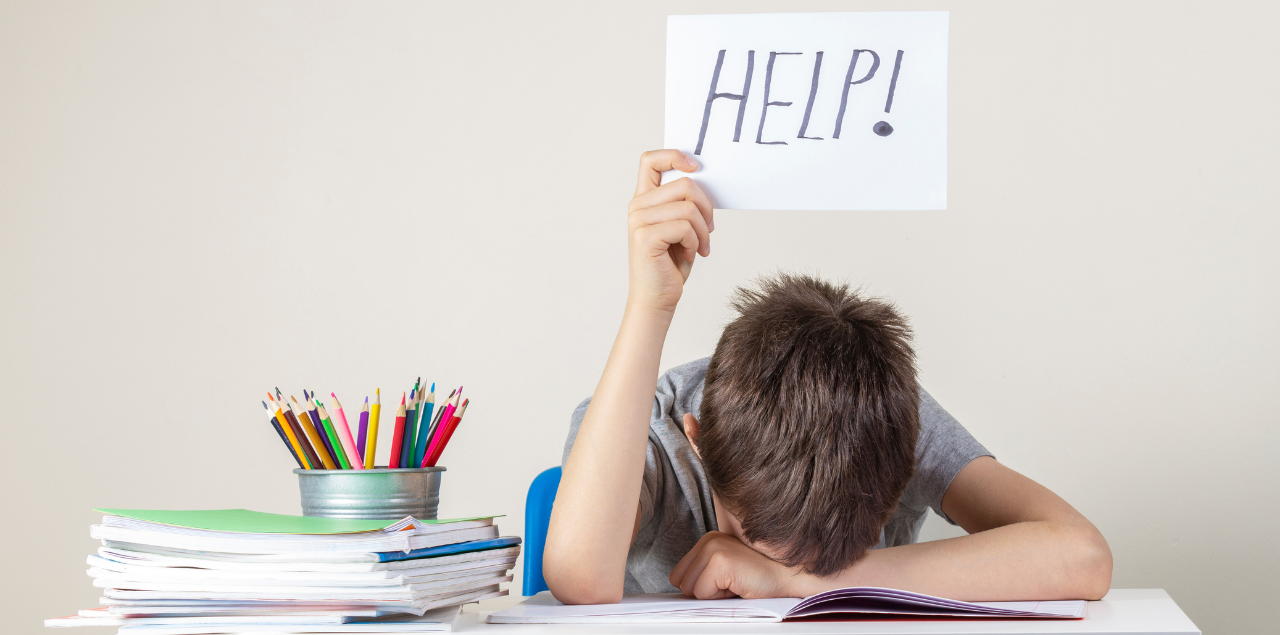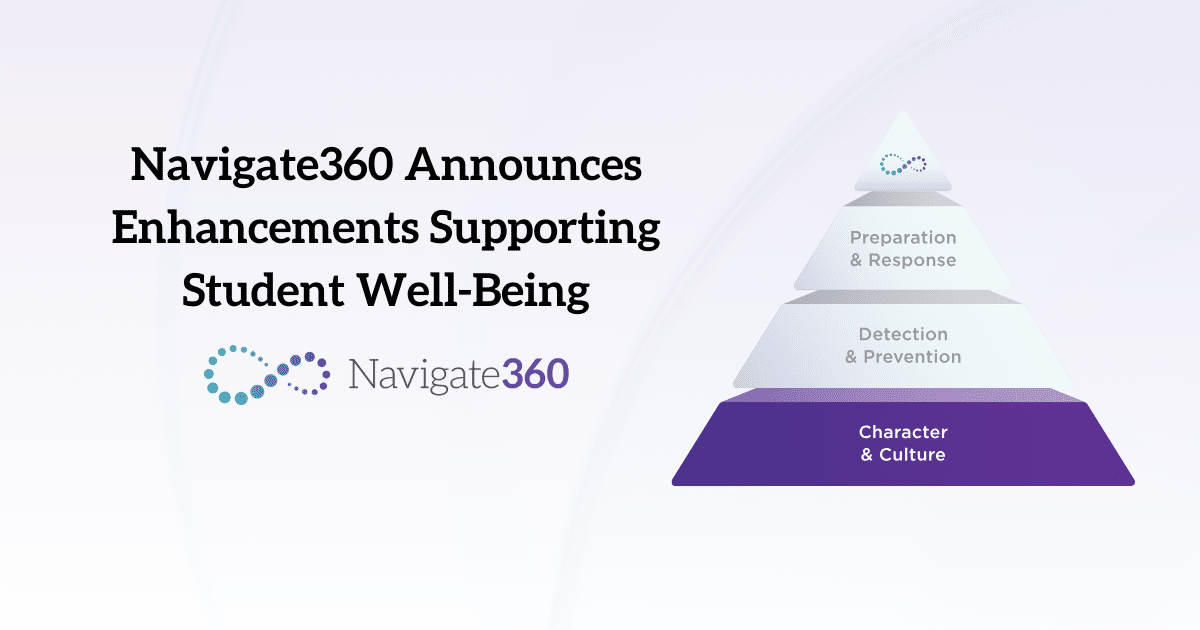When it comes to the mental health and emotional well-being of students, it is hard to ignore the statistics. Incidents of poor mental health among students have been on the rise for years. The Center for Disease Control’s most recent Youth Risk Behavior Surveillance System (YRBSS) study from 2021 found that suicide is the second leading cause of death among adolescents. Statistics like these, along with the alarming rise in school shootings and other violent incidents, paint a sobering picture of student mental health. It’s critical to provide awareness training and resources for students, teachers, and school staff alike to safeguard not only the physical health of those on campus but also their ongoing emotional and mental health. With evidence-based strategies in place, both faculty and students can feel empowered to identify suicide warning signs and help those in crisis before tragedy strikes.
Important Considerations Regarding Suicide Warning Signs & Mental Health
There is no “one-size-fits-all’ solution for mental health issues. It’s important to remember that regardless of the source of their difficulties, students are unique individuals, and there might not be a simple, clear-cut solution for their problems and concerns. Thankfully, you don’t need to have all the answers.
Intervening in a time of emotional distress can be as simple as listening without judgment, or letting a student know that someone cares about them. While many situations will require further action beyond a conversation, it’s also important to remember that you are not alone during an intervention. Ensuring the emotional well-being of students is a team effort, and parents, faculty, and students themselves all have a part to play.
A crucial aspect of reaching a student in crisis is speed. Understanding and recognizing the warning signs of suicide in a struggling student is key for effective intervention. By learning to spot the signs, and quickly offering resources and support, you can help safeguard everyone on campus—including the student who is in emotional crisis.
5 Common Suicide Warning Signs in Students
Extensive information about these signs and other similar responses to emotional crises can be found in the Florida School Toolkit for K-12 Educators to Prevent Suicide (Florida S.T.E.P.S.). Authored by Dr. Scott Poland, a nationally recognized authority on suicide prevention and awareness and Navigate360 partner, Florida S.T.E.P.S. provides critical information regarding suicide prevention.
Remember, these signs are not intended to be accurate predictors of future behavior. Instead, think of them as part of an overall strategy. All of these signs may indicate that a student is experiencing emotional or mental health difficulties, but the right course of action will vary from student to student.
1. Behavioral shifts or mood swings
Shifting behavior can be caused by many different life experiences. When a student’s emotions vary wildly or change rapidly, it can be a sign of emotional distress. The easiest behavioral shifts to spot are when a formerly well-behaved student begins acting out, becomes disruptive, or otherwise starts behaving poorly. However, some behavior shifts may not seem as obvious and may not result in negative outcomes. Those examples include students who become extremely neutral or reserved unexpectedly or those whose moods change quickly and often.
2. Poor emotional and self-regulation
When the root cause of a student’s behavior seems to be poor emotional regulation, it is likely a mental or emotional health issue. Common examples include students who have a difficult time “cooling down” after an emotional response, or those who have unexpected emotional outbursts, like crying during seemingly innocuous moments.
Other examples of poor self-regulation include non-emotional components, such as students whose personal hygiene beings to decline, or those who repeatedly partake in dangerous activities despite understanding the risks. All of these behaviors often point to an underlying mental or emotional health issue, even possibly a suicide warning sign.
3. Social isolation
Humans are social creatures, and social isolation can be both a cause and effect for mental and emotional problems. While students, and people in general, will prefer different levels and types of social interaction, very few will prefer no social interaction whatsoever. Whether a student begins self-isolating or becomes isolated due to outside factors, like bullying, social withdrawal is often a sign of underlying problems.
4. Aggression, violence, and antisocial behavior
Aggression and violence have always been undesirable behaviors, but for many years they were not necessarily regarded as mental or emotional health issues. However, it is important to remember that students who are violent or aggressive may be experiencing sustained abuse and bullying or have an undiagnosed mental illness. Regardless of the cause of their aggression, troubling behaviors like these, either in person or online, are a warning sign of suicide or crisis and should be taken seriously.
5. Becoming withdrawn
While this may share some traits with other signs on this list, like social isolation or behavioral shifts, withdrawal has broad implications. Students who become withdrawn retreat into themselves in a variety of ways. One common example is a student who was once an active participant in class suddenly showing little interest in participation. Often, a student may stop engaging in activities they once enjoyed, including extracurriculars or pastimes. As students withdraw from activities, their mood might worsen, prompting further withdrawal or social isolation. This behavior is often indicative of emotional turmoil or depression.
Prepare Your School to Identify & Address Suicide Warning Signs in Students
Proper planning, with a strategy that the entire school staff understands, is as much a part of the overall strategy as any individual method. When the school staff and faculty are on the same page, and equipped to identify students who may be struggling or in crisis, the entire school becomes safer for everyone.
For more information on current youth suicide trends and the critical role schools play in awareness and prevention efforts, download our free eBook: Expert Insights on Youth Suicide Awareness & Prevention in K-12 Schools.
If you or someone you know might be at risk of suicide, call the National Suicide Prevention Lifeline at 988 or visit their website for additional information. You can also text HOME to 741741 to connect with the Crisis Text Line.




